Journey to the Center of the Mosel: a Nordic Perspective
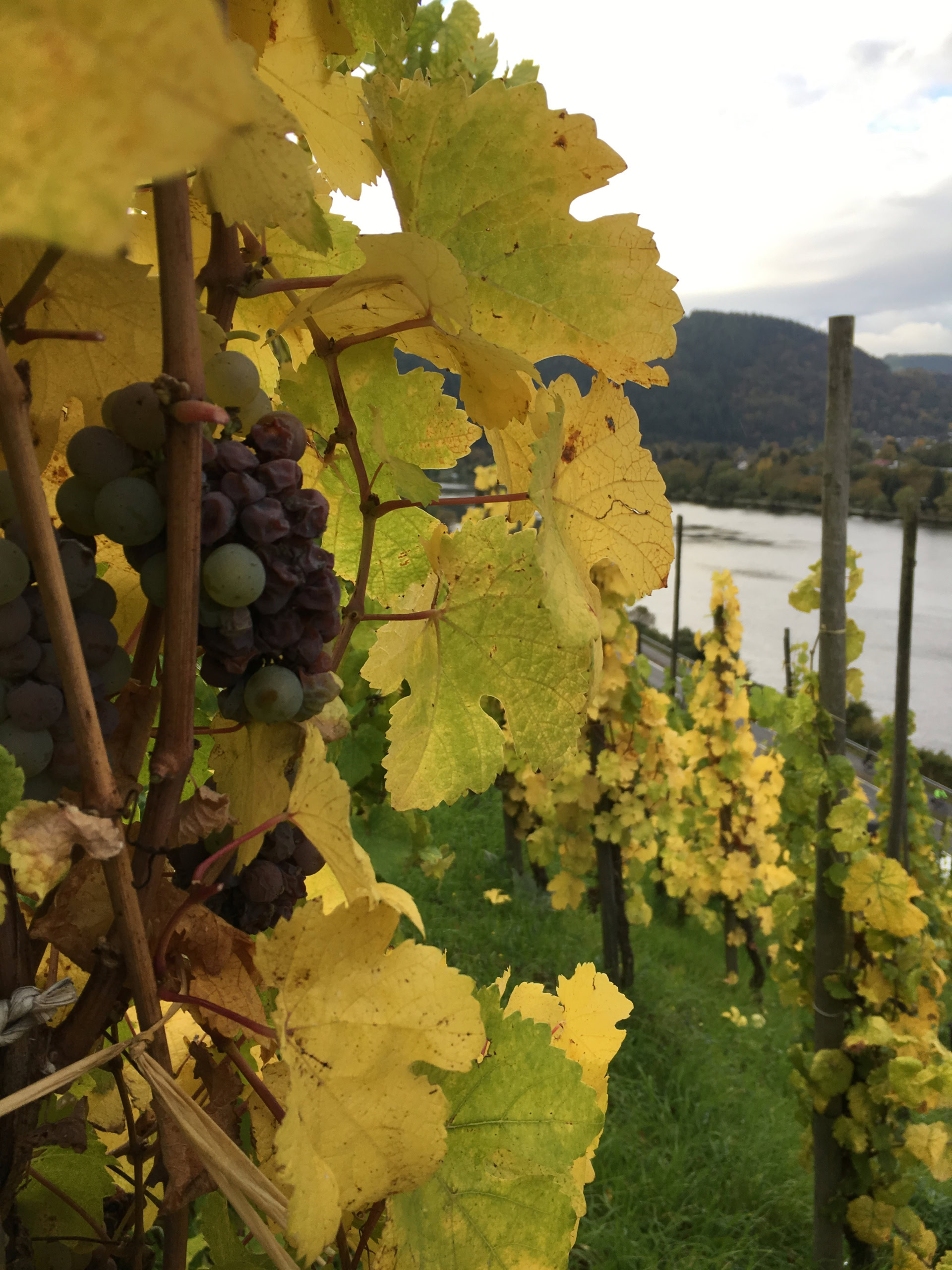
How a former chef’s trip from the Norwegian Fjords to Germany’s Mosel valley took wine appreciation to the next level.

How a former chef’s trip from the Norwegian Fjords to Germany’s Mosel valley took wine appreciation to the next level.
Håvard Flatland is a chef and freelance wine writer. He enjoys wine from many angles, from the conviviality of bottles and friends to scrutinizing the tannic structure of a Barolo. For three years he worked as sommelier at Park Hotel Vossevangen and he once came second in a national cake competition.
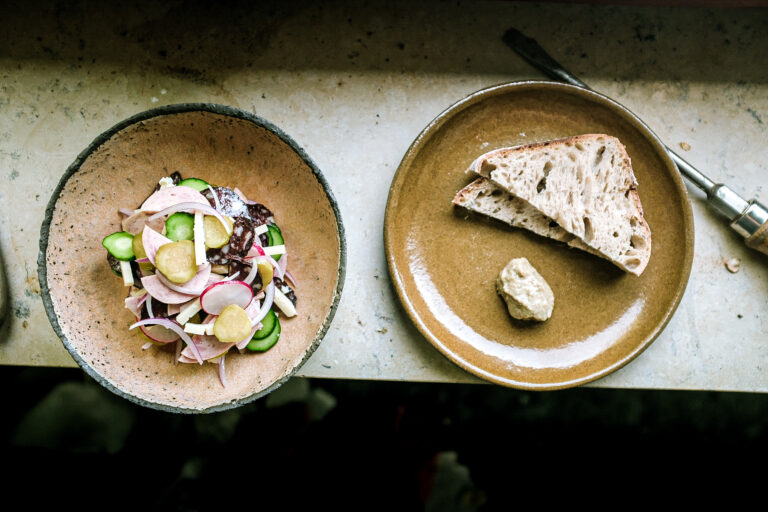
I felt lonely on the Internet the day I started researching the origins of Wurstsalat. I looked in far-flung corners of the web for sausage scholars who might have dedicated time to writing about the rules and methods of this intriguing dish. When I hit a wall, I did what any well-trained millennial would do and typed #wurstsalat into Instagram’s search bar. The things I saw there were either appetite-inducing or frightening, sometimes both at once. Lying in the cascade of pictures amidst German cowboys, balsamic glaze swirls, wedding celebrations, crinkle-cut fries, and loads of curly parsley was a possible answer: Wurstsalat is…...
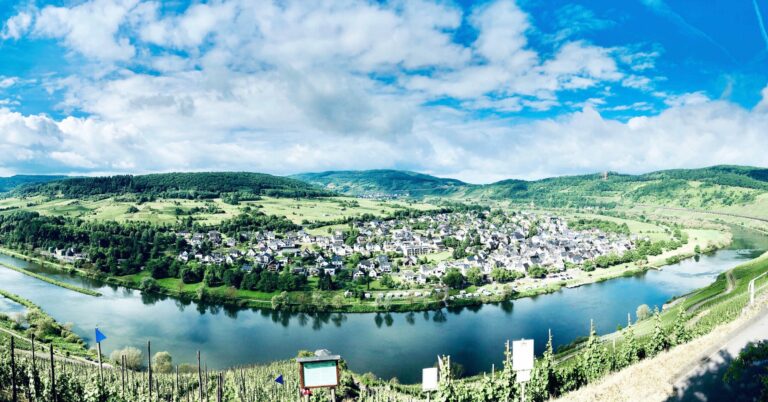
The Mosel, Germany’s oldest winegrowing region, knows how to beguile. The Rheingau swathes itself in the trappings of nobility, Baden boasts of its sunshine, the Mittelrhein beckons with Romanticism. The Mosel, however, reaches straight for myth. There are many recaps of the growing region readily available, so let’s focus on something else instead: what makes the Mosel unique — now, then, and, likely, in the future. Not for nothing is the biggest annual wine fair along the Mosel River entitled “Mythos Mosel.” The name, and the event itself, attest to the enduring power the Mosel holds in the imagination of the wine-drinking…...
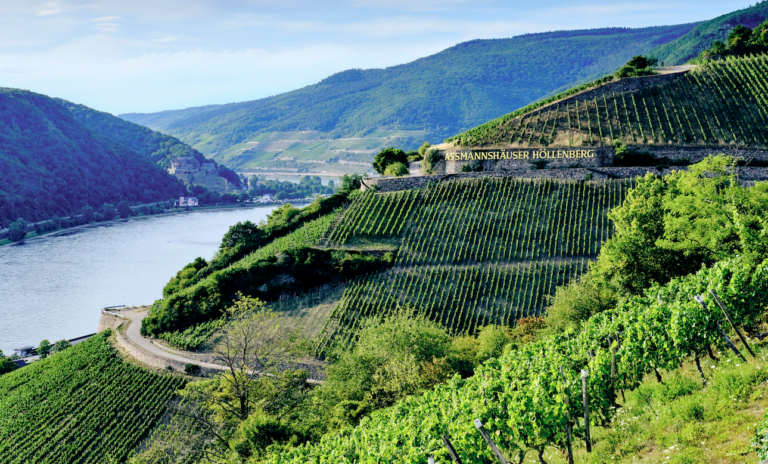
The Rheingau. A small, splendidly historic region of aristocratic estates and superb terroir awaiting an energizing charge. The steady ship in Germany’s often storm-tossed seas, navigating a course of admirable quality through the centuries. Its large estates set global benchmarks; its noble mien, iconic landscapes, and heralded vineyards have always set it apart. In recent times, however, the Rheingau’s identity has become somewhat obscured by the dominance of large, in some cases impersonal estates and global warming has diminished its long-held prominence as one of the few German wine regions capable of achieving consistent ripeness. If it is often described as “underachieving,” the word does hint at…...
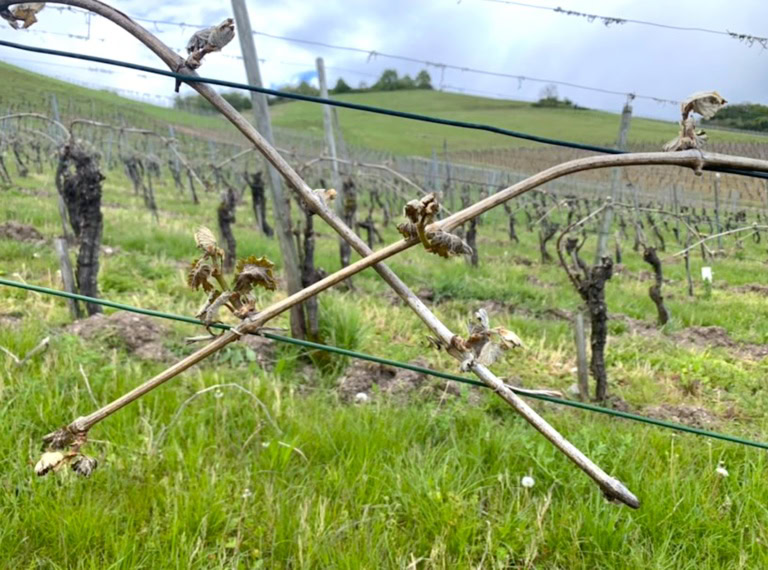
April arrived like a lamb and went out like a lion, leaving a swath of massive frost damage in its wake for the 2024 vintage.
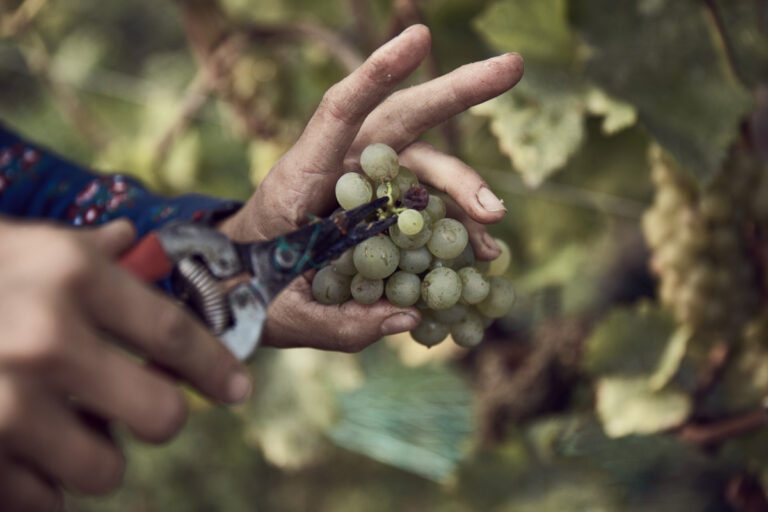
Silvaner. It’s complicated. Ask about its nature or character, and like as not you’ll get one answer: asparagus. With delicate vegetal aromas and moderate acidity, Silvaner is indeed a near perfect pairing for the fabled stalk that emerges from the earth to fill German grocery stores and market stalls annually between April and June. Yet, stop for a minute and imagine: what if there were more? Silvaner is viewed as a national counterpoint to Burgundian Chardonnay or Saumur Chenin Blanc. For many years Silvaner was Germany’s most important grape variety, less inclined toward fruity fun and more toward structure, texture, spice, and earth. De facto it…...
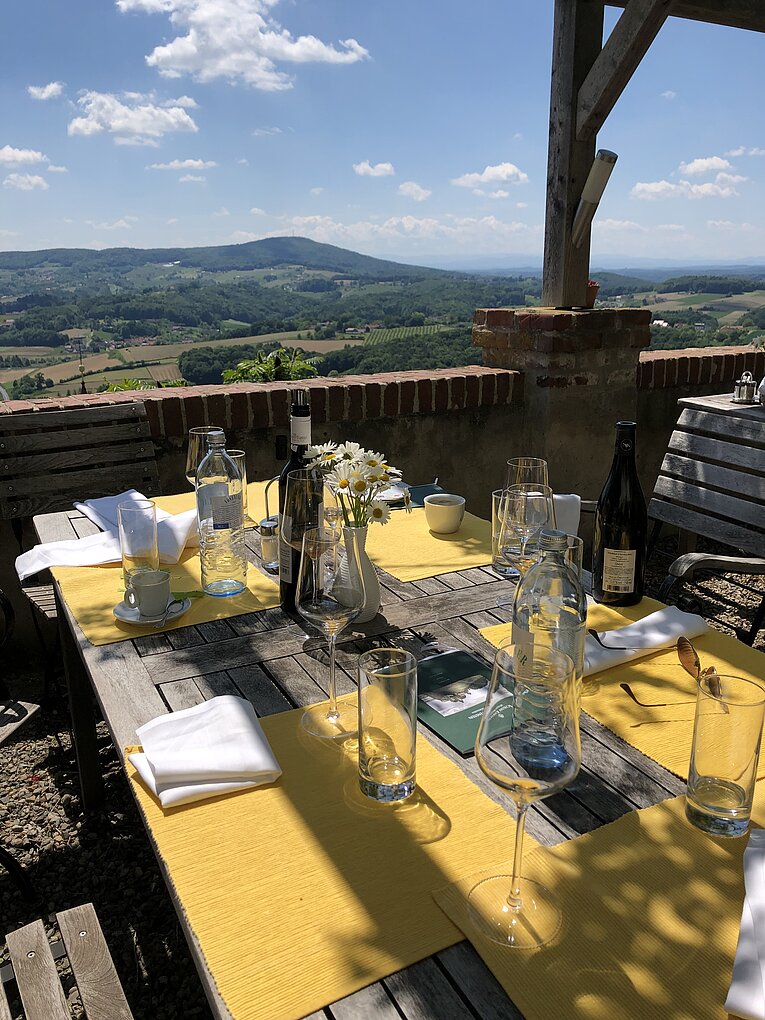
12/17/2021 Wines with a View at Winkler-Hermaden By Jill Barth The story of Weingut Winkler-Hermaden and its home in a striking 11th-century castle starts with a “small, tough” woman. That woman, Magdalene Helene, was current proprietor Georg Winkler-Hermaden’s grandmother. When he found her diary, which she kept from her arrival at the Schloss Kapfenstein in 1916 through WWII, he “began to read and couldn’t stop until the book was finished.” In 1916, Magdalene Helene came to the castle as a young woman to work as a maid. Just two years later, her employer died and bequeathed the Schloss and…...
Enjoy unlimited access to TRINK! | Subscribe Today